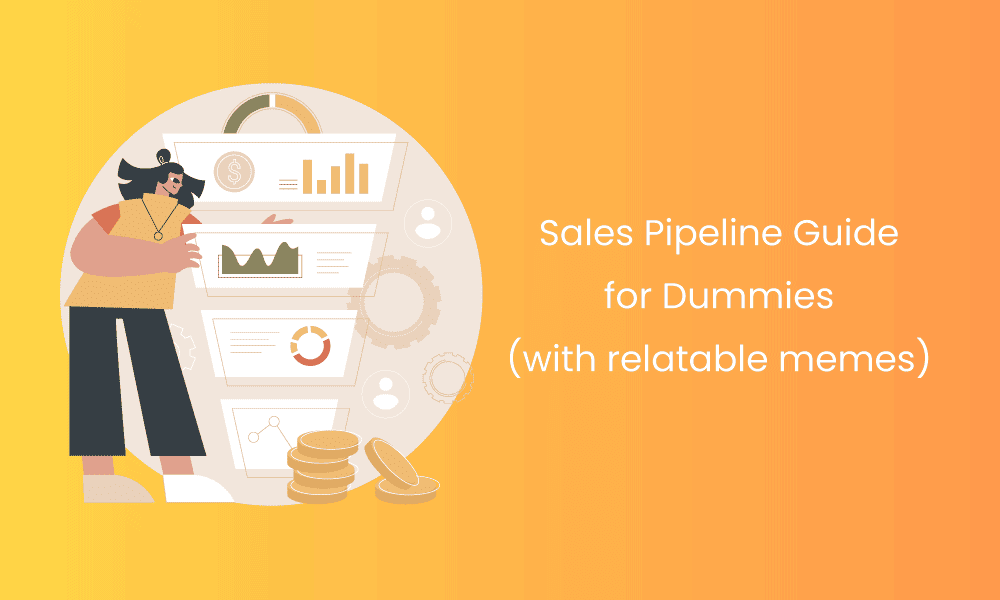A sales pipeline is a visual representation of activity in a sales process.
It shows customers who are aware of a product or service, its features, and what will be delivered.
It is also a useful tool to envision the potential volume of sales.
There are four key stages of a sales pipeline:
- Hunting for Opportunities
- Lead Qualification or Lead Scoring
- Working on the Prospect
- Closing the Deal
This blog post will detail the definitions of each of these stages and explain how a sales pipeline can be used to forecast and manage sales.
Table of Contents
What is a Sales Pipeline?
A sales pipeline is an organized way of tracking prospects as they move through the stages of the buyer’s journey. The goal of a sales pipeline is to move a prospect to the next stage of the sales funnel or to ‘lost’.
Sometimes, sales pipelines are visualized as a funnel that is divided into stages of your company’s sales process. It combines each customer sales funnel into a holistic picture that measures the health of your sales prospects.
Think of a sales pipeline as a visual representation in your CRM, showing where your prospects are in the sales funnel. Your sales manager can see exactly where prospects are and at which stage sales deals are made.
It’s an essential tool for sales managers and sales teams that want more in-depth data on how your sales process performs.
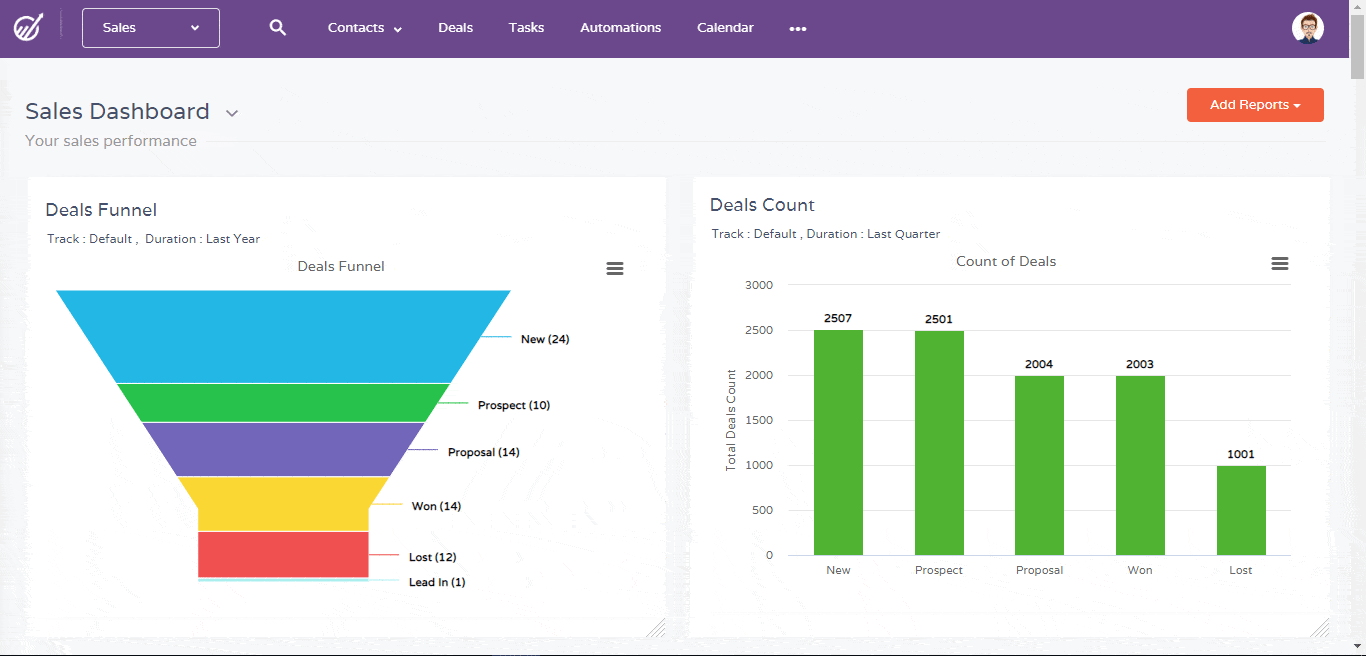
What is the Difference Between a Sales Pipeline and a Sales Funnel?
Many marketers and sales managers use the terms sales funnel and sales pipeline interchangeably, but actually, they don’t mean the same thing at all.
Some sales leaders use “pipeline” to describe the dollar value of sales deals in their pipeline, not the series of sales stages themselves. They’re referring to the pipeline value measured by a pipeline report.
A sales funnel is the visual representation of the customer’s journey and the different steps that move a prospect towards the purchase of your product or service.
The name “sales funnel” derives from the funnel-like shape of the process. As the prospect goes through the qualification steps, the funnel narrows until the lead becomes a customer.
The major difference between a sales funnel and a sales pipeline is in the representation. A sales pipeline communicates the stage, value, and quantity of all your open deals.
On the other hand, a sales funnel helps your sales team understand the percentage of deals that passed through each stage of the sales process.
The sales pipeline shows the action that happens during the sales process, while the sales funnel shows conversion rates through the sales process.
For instance, if you want to track the status of all your current sales efforts, you can find that data in your sales pipeline.
But, if you want to identify where deals fall off over a defined period, your sales funnel visualizes drop-off points and possible solutions.
Related blog: Sales Pipeline vs Sales Funnel — Yes, They’re Two Different Things
What are the Key Sales Pipeline Stages?
Let us look at the four key stages of a sales pipeline.
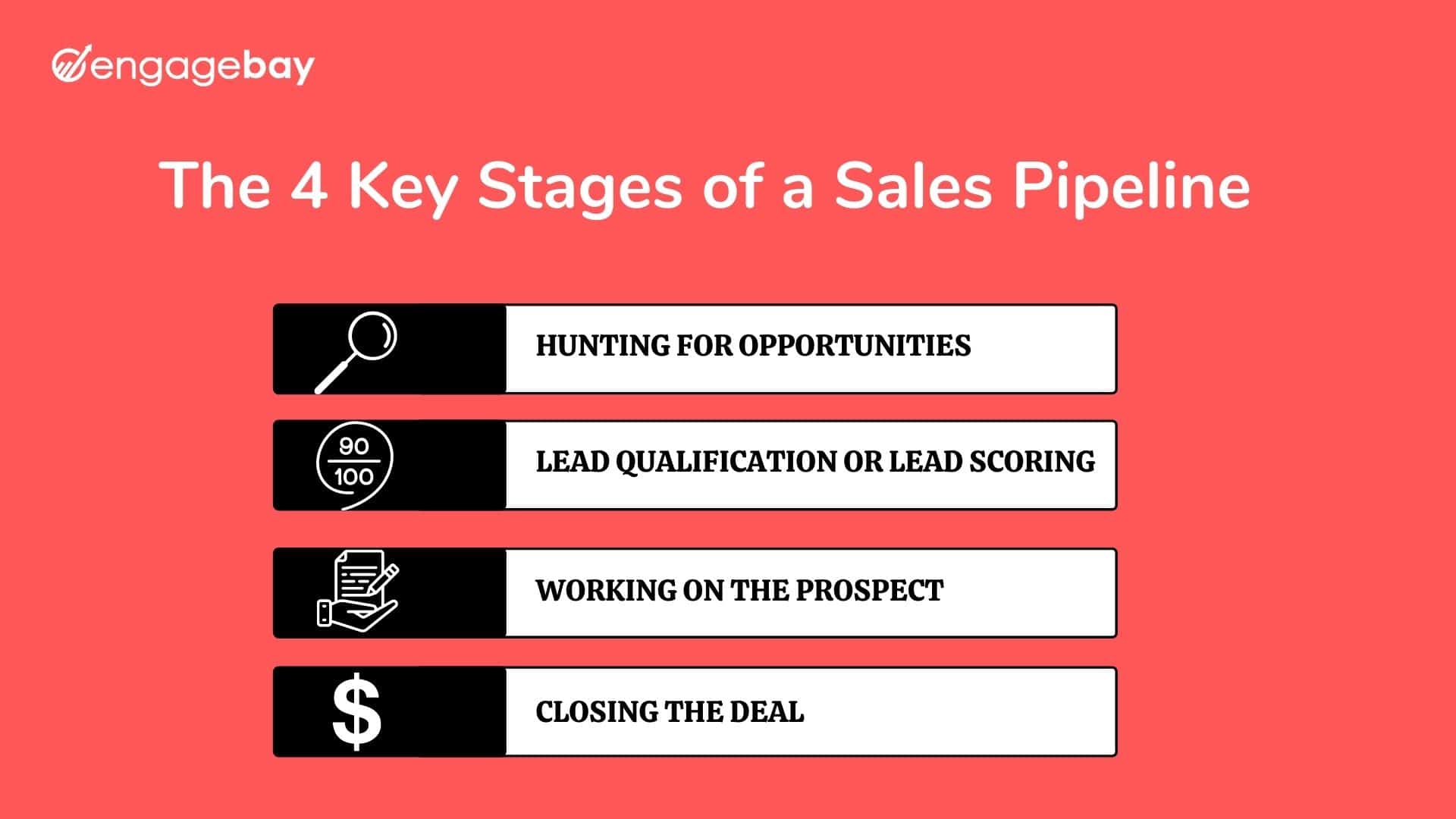
#1. Hunting for Opportunities
The first stage of a sales pipeline is when a potential customer is identified.
This could be through marketing efforts such as advertising or a website, or through personal interactions with potential customers.
This stage of the sales pipeline is dedicated to finding prospects who need what you’re selling. Depending on your organization, the process of lead generation may differ.
A few lead generation activities that yield the best results include content marketing, downloadable offers, social media marketing, cold calls, and ads.
#2. Lead Qualification or Lead Scoring
Once an opportunity has been identified, the next step is to determine whether or not it’s worth pursuing.
A lead is created when it’s decided to move forward with the opportunity.
Keep in mind that leads in the awareness stage are not ready to convert. Prospective buyers don’t know your products or professional services and are reluctant to spend money until they engage with your brand.
Remember that a lead is still just a sales opportunity you can win. The basis for lead qualification usually depends on if:
- They need your product.
- They have the budget to buy your product.
- They are an authority who can make buying decisions.
Lead scoring is a process where numerical values are assigned to potential customers based on data like engagement with your website and other factors.
This process of lead scoring can help you zone in on the prospects who are more likely to buy from you.
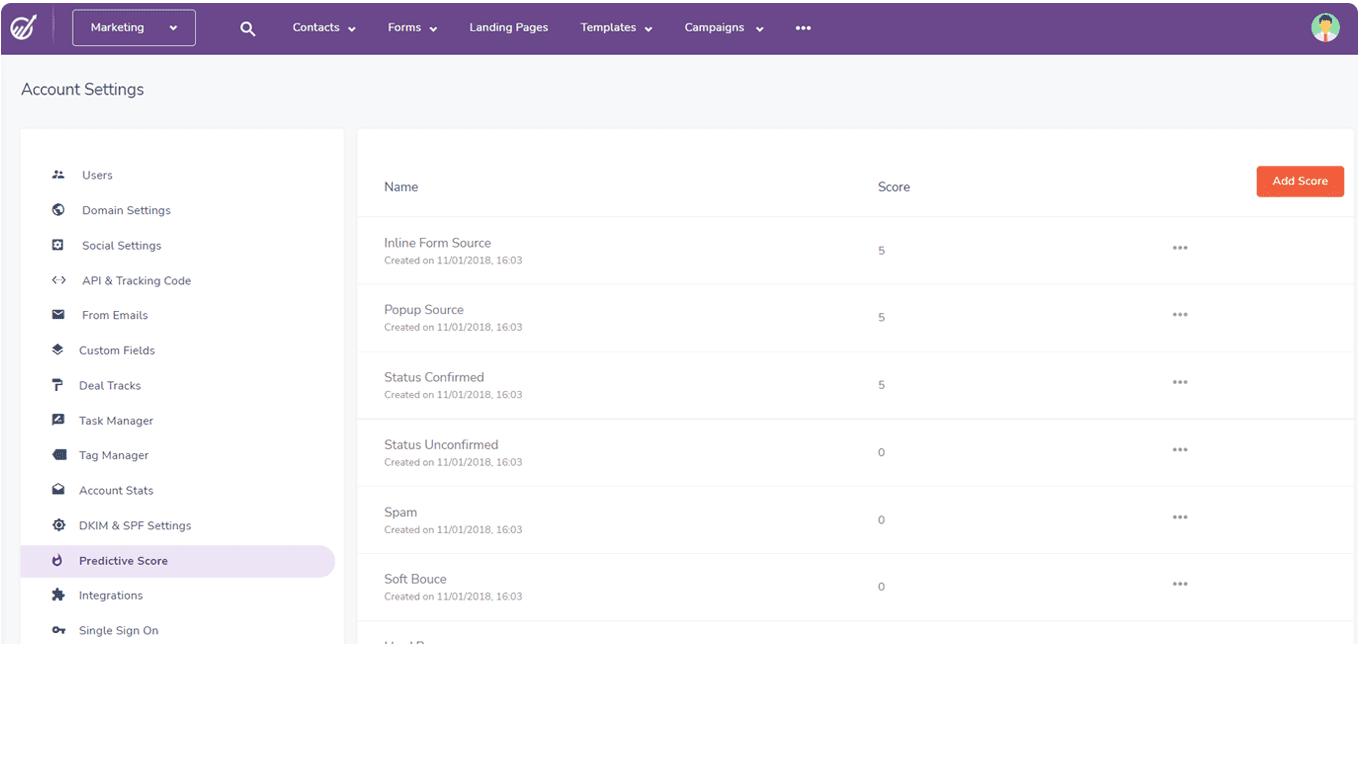
#3. Working on the Prospect
A prospect is someone who has expressed interest in what your company has to offer, but they haven’t yet become a customer.
Perhaps this stage takes more effort than any other, because the groundwork is behind you and the sale is not yet made. Working on a qualified prospect is a key sales pipeline stage that can be further divided into two:
First Contact
Perhaps the most nerve-wracking part of the sales process, the first contact is where you get in touch with the prospect.
If you’re lucky, this may be an easy feat but this is one of the most challenging aspects for most sales reps.
As an alternative, you could opt for social selling, which leverages your social network to give you prospects, and minimize the need for cold calling.
Read also: Cycle Time vs Lead Time: Definitions, Differences, and FAQs
Making the Proposal
The offer you make to your qualified lead depends on a specific need.
If you have a buyer persona, this part is easier. You understand their pain points and can tailor a proposal that solves a specific problem.
Alternatively, you can use a sales CRM software to keep track of your prospect’s needs and pain points.
Your offer could be a free trial or an in-person meeting with a prospect.
Whatever method you choose, the goal is to move the qualified lead closer to a purchase, leading to higher revenue for your company.

#4. Closing the Deal
The final stage of a sales pipeline is when a customer has been successfully converted. This could be through a sale, signing up for a subscription, or any other means of becoming a customer.
To close deals efficiently, remember that it’s important to have a good understanding of each stage of the sales pipeline.
Sales representatives should be aware of where their leads are in the process, and what they need to do to move them along. This will help them focus their efforts and close more deals.
Track each stage of the sales pipeline so you can measure its effectiveness and make necessary changes along the way. Sales pipelines are dynamic, so it makes sense to constantly update and adjust them.
Read more: Cold Calling Tips and Templates to Close More Deals
5 Sales Pipeline Management Tips to Close More Deals
Building a sales pipeline can take a lot of sales effort, but managing it well is crucial to selling anything sustainably.
Sales pipeline management is your best bet to keep the sales going strong.
Ask yourself questions like do all your qualified leads become customers or do you have cracks and leaks in your pipeline?
Let’s look at some excellent hacks to help you manage your sales pipeline and convert those leads into tangible sales.
1. Use a Sales CRM Software to Automate Your Workflow
You need a sales CRM to unlock the full power of your sales pipeline. With CRM tools, you can automate your pipeline and gain better visibility into your sales process.
A few ways to manage and automate your sales pipeline with a CRM include the following:
-
- Use cold lead notifications to trigger automation based on when a lead moves from one stage to the next.
- Use automated email sequences or other marketing automation features to remind prospects to review offers and answer questions.
- Evaluate sales performance and calculate sales forecast with the reporting feature in your sales CRM. Automating sales forecasting is a good idea to meet your sales targets as well.
https://youtu.be/HeLgkXMVzDQ
2. Align Your Pipeline with the Buyer’s Journey
Create content for every sales pipeline stage of the potential customer’s journey from awareness to consideration and decision. Avoid the temptation only to see things from your company’s view.
Adopt a 360-degree view that places the qualified lead at the very center.
This enables you to close the loop with marketing and anticipate potential objections that may arise, whether you’re doing a B2B sale or a B2C sale.
3. Use a Task Management System
Remember, each and every prospect wants to feel special, valued, and wanted. They have specific needs that you must solve. Giving them all your attention can seem daunting when you have hundreds of sales opportunities in your pipeline.
A well-defined task system ensures that you’re thinking about the next step and staying organized.
It should be easy to use and should send you notifications whenever you need to do something.
Read also: Mid-Funnel Marketing: A Succinct Guide [Definition, Strategies]
4. Prioritize Your Leads
Which qualified leads should you focus more time on?
Managing your pipeline requires managing time as well. Prioritize leads that have a high value and are sales-ready.
Monitor customer interactions to determine who is most engaged and deserves immediate attention.
Read also: A Beginner’s Guide to Lead Funnels: How to Double Your Sales
5. Follow Up (8 Times)
It took 3.68 sales calls to close a deal in 2010. Today, it takes over eight calls to close a deal. So, why do many sales reps give up on a lead after two calls?
I’ll be honest, following up is not easy. It’s a massive challenge for the sales team. But it pays off in sales.
Set reminders to get notified when you need to follow up with a qualified lead. You can do this quite easily with a sales CRM tool like EngageBay.
Read more: How to Build the Perfect Sales Enablement Strategy
Which Sales Pipeline Metrics Should You Track?
Once you’ve gotten the hang of managing an effective sales pipeline, there are certain important metrics you will need to keep an eye on.
Tracking these metrics will save you a lot of time and effort in your sales process.
Qualified Leads
This is the most important sales pipeline metric. These are the leads who demonstrate an interest in buying your product.
Indicators include scheduling a demo, email signup, and requesting a custom quote.
More qualified leads equal more closed sales for your business.
Sales Cycle Length
This is the length of time it takes the lead to move from the point of the first contact to a sale.
You risk losing valuable opportunities if a lead takes too long to move through your sales pipeline stages.
Deal Size
Deal size is the average value of each sales deal. Naturally, smaller deals move quickly and more significant transactions take more time to progress through the sales pipeline.
You can quickly determine the average deal size by analyzing past deals your sales team has won.
The data helps you target opportunities more likely to increase your average win rate and close more deals.
Read also: Feeling Down? 16 Motivational Memes to Crack You Up!
Close Ratio
This is yet another crucial sales metric you cannot afford to miss.
The close ratio is the number of total sales presentations compared to the number of closed sales. It helps you evaluate industry trends, sales performance, value proposition, and pricing.
For instance, if you notice that leads drop off at the tail end, there may be a problem with your product or pricing.
Win Rate
This is the percentage of leads that convert to sales.
Monitor the win rate at each stage of the sales pipeline to give your sales team a better chance to close more deals.
Sales Velocity
Sales velocity measures how fast sales leads move through different stages in your sales pipeline, from beginning the sales conversation to closing the deal.
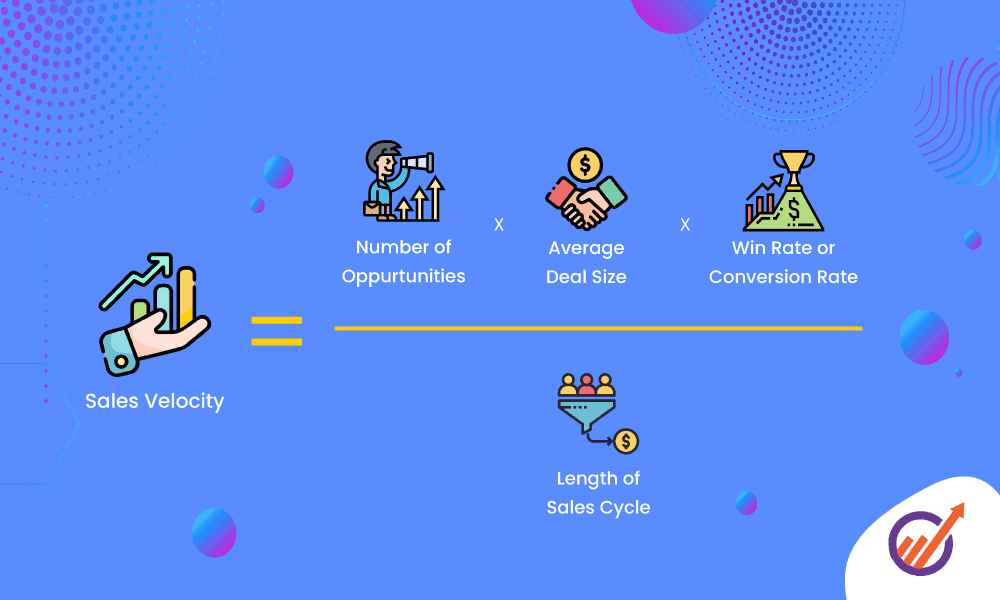
This will help you identify loopholes at each sales stage and meet your sales targets better. You can find more information about sales velocity and how to calculate it here.
Conclusion
Sales pipelines can be daunting for first-timers. This guide was meant to provide an overview and introduction of what a sales pipeline is, how it works, and some best practices on how to manage one.
Sales pipelines are dynamic and they change as you progress through the sales cycle with a prospect.
It’s important to remember that the goal of a sales pipeline is not only to track your progress but also to help forecast future revenue.
Sales forecasting can be tricky, so it’s always advisable to use accurate customer data to make precise predictions.
We hope this guide provides some clarity on sales pipelines and helps you on your way to becoming a salesperson par excellence.
Comment to let us know what you liked best 🙂
*The original blog post published in July 2020 has been revised for SEO and readability.

